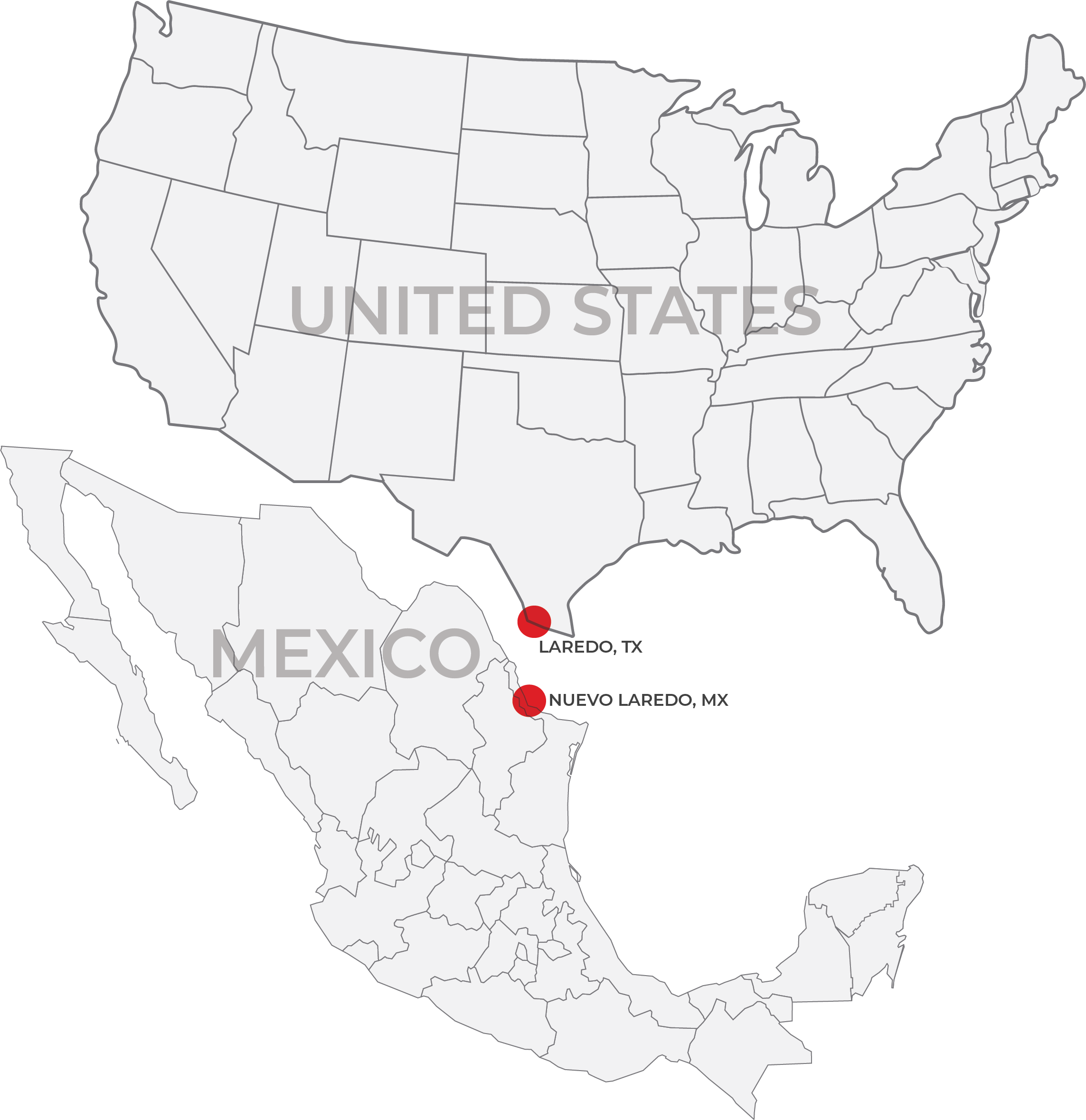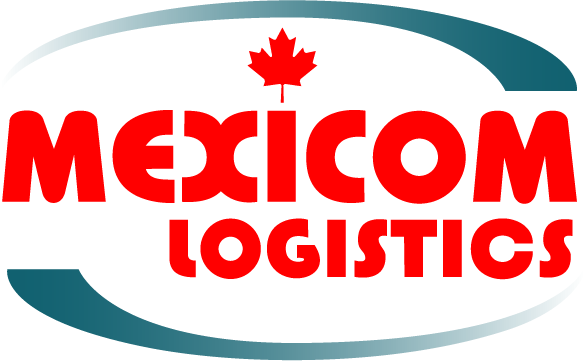Main coordination problems that compromise the efficiency and integrity of the U.S. – Mexico border crossing – according to the TEXAS TRANSPORTATION INSTITUTE
U.S. – Mexican Border crossing
This report summarizes the findings of a binational study examining stakeholder
coordination problems that compromise the efficiency and integrity of the U.S. – Mexico border-crossing process for truck trade.
Findings of a binational study exploring stakeholder coordination challenges impacting the efficiency and integrity of the U.S. – Mexico border-crossing process for truck trade.
1. Analysis of Public and Private Roles: The study examines the functions of public and private entities involved in border crossings.
2. Evaluation of Coordination Mechanisms: Existing coordination methods are assessed through stakeholder interactions and on-site assessments.
3. Identification of Coordination Issues: Root causes and repercussions of coordination deficiencies are identified.
4. Alternative Coordination Proposals: Suggestions are made for new frameworks to enhance coordination.
5. Economic Impact Assessment: The report evaluates the economic consequences of proposed coordination strategies.
PERSISTENT CHALLENGES REMAIN
Several issues identified independently in this project have persisted for a decade or more. These enduring challenges stem from a lack of multi-stakeholder coordination, exacerbated by the absence of mechanisms fostering such coordination. With no overarching forum or structure guiding planning and operational decisions, stakeholders often enact changes without understanding their broader impact. While the United States Customs Service has endeavored to involve stakeholders, coordination needs extend beyond its scope. The Border Station Partnership Council may offer a promising avenue for broader stakeholder engagement, but significant effort is required to ensure comprehensive participation. A pilot project is proposed for ports-of-entry in the El Paso-Juárez area to demonstrate the potential benefits of coordinated planning and operations.
SCARCE DATA AND BENCHMARKS
The absence of consistent, reliable data and meaningful benchmarks poses challenges for effective planning. While some agencies and private entities possess relevant data, comprehensive datasets supporting operational and planning decisions are lacking. The anticipated rollout of Customs’ Automated Commercial Environment presents an opportunity to address this data deficiency. However, a thorough review of necessary data and the development of a collection plan are essential. Additionally, meaningful benchmarks are lacking, complicating the measurement of border-crossing effectiveness.
INFRASTRUCTURE CHALLENGES
Infrastructure inadequacies, including insufficient capacity and outdated designs, hinder efficient border crossings. The growth in truck volume over the past decade has strained capacity within ports-of-entry and surrounding roadways. Moreover, technological advancements in inspection practices have rendered existing port designs incompatible, leading to space constraints and operational inefficiencies.
LACK OF SYSTEM-WIDE APPROACH
Fragmented coordination efforts, lacking a unified oversight structure, result in piecemeal initiatives and suboptimal outcomes. A systemic approach, incorporating oversight mechanisms, comprehensive benchmarking, and infrastructure alignment, is imperative to enhance the efficiency of the Mexico-U.S. commercial border-crossing system.

In conclusion, comprehensive coordination efforts are paramount for optimizing the efficiency of the complex Mexico-U.S. commercial border-crossing system. Navigating the intricacies of border crossings between Mexico and the United States can be challenging. However, with the support of a top-tier freight forwarder, like, Mexicom Logistics, this task can become much more manageable and easy going. Mexicom Logistics provides expertise and assistance, ensuring smooth and efficient transportation of goods across the border. By partnering with Mexicom Logistics, businesses can streamline their logistics operations and focus on their core objectives, confident that their cross-border shipments are in capable hands.
SOURCES:
TRUCK TRANSPORTATION THROUGH BORDER PORTS OF ENTRY: ANALYSIS OF COORDINATION SYSTEMS
Study by The Texas Transportation Institute
Author(s):
Mark I. Ojah, Juan C. Villa, William R. Stockton, David M. Luskin, Robert Harrison










